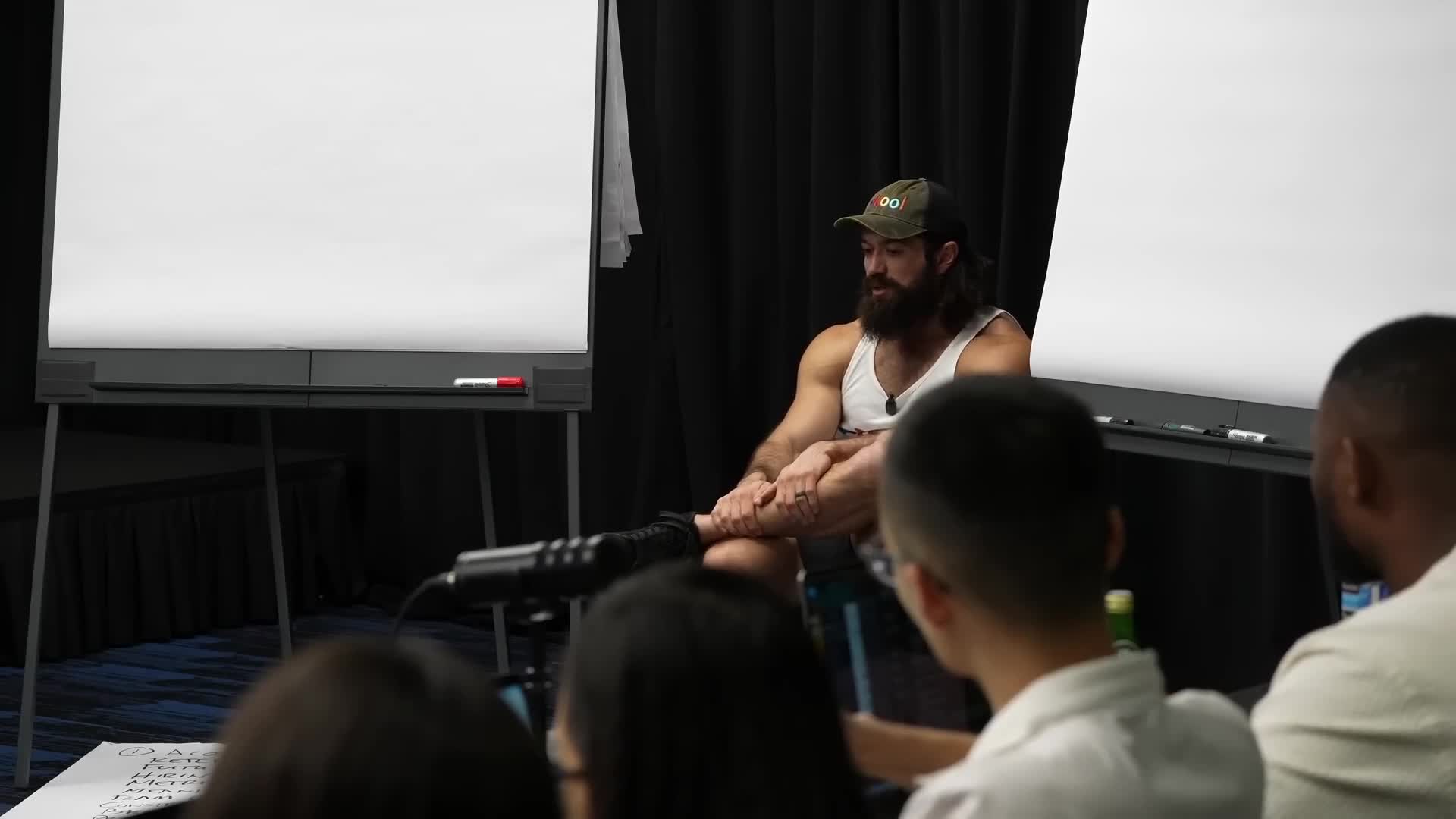Strategic Business Planning
Why do most startups fail in India?
Nine out of ten startups fail primarily due to three key factors. First, they lack a unique selling proposition (USP), often simply copying existing businesses like Flipkart or Amazon without offering anything distinctive to attract customers. Second, they have poor operational execution, failing to focus on practical implementation and customer usability. Third, they mismanage finances, often underestimating how much capital they need and failing to maintain adequate cash reserves for their first year of operation.
Watch clip answer (01:31m)Who is Satish Kumar and what business did he build?
Satish Kumar is one of the most underrated entrepreneurs in India who built the successful dairy brand Milky Mist. Despite beginning with humble origins, he transformed a small family milk business into a major player in India's competitive dairy industry. Today, Milky Mist has achieved remarkable success, generating approximately 2000 crores worth of dairy products sold across India. Kumar's journey represents a compelling case of entrepreneurial vision and determination in a market dominated by established giants.
Watch clip answer (00:18m)What is the best way to prepare for starting your own company?
According to Kai-Fu Lee, the best preparation for entrepreneurship isn't immediately starting your own company after graduation. Instead, he strongly recommends joining a small startup (under 100 people) for at least two years. This experience allows you to learn multiple roles, understand business models, develop soft skills, and observe leadership firsthand. Unlike large corporations where employees often get pigeonholed into narrow roles, small companies provide comprehensive entrepreneurial training as you'll participate in various aspects of the business. Lee warns that 99% of people who start companies too early fail because they lack the necessary experience. By spending time in an existing startup, your likelihood of success dramatically increases when you eventually launch your own venture.
Watch clip answer (02:55m)How did Satish Kumar build Milky Mist into a 2000 crore company?
Satish Kumar built Milky Mist into a 2000 crore company by identifying a gap in the market and transforming a commodity (milk) into value-added branded products, thus avoiding price wars with competitors. He established trust with farmers through collaboration rather than exploitation, helping them deliver maximum value while increasing his own profit margins - embodying conscious capitalism principles. Additionally, he created a robust logistics supply chain and prioritized quality control by bringing critical operations in-house rather than outsourcing them. While this approach meant higher initial costs, it provided greater control over quality and efficiency, ultimately paying significant dividends and enabling the company to achieve remarkable growth in the competitive dairy industry.
Watch clip answer (01:27m)How does Zomato use data to gain a competitive advantage in the quick commerce market?
Zomato leverages its most valuable asset—data—to gain an insane competitive advantage in the quick commerce landscape. By analyzing customer information, Zomato knows which neighborhoods order premium food (with Average Order Values of 2000 rupees) and which areas prioritize discounts before ordering. This granular understanding allows them to place dark stores in highly strategic locations with greater precision than competitors like Amazon or Flipkart. The key lesson for any business is the importance of data collection and application as a barrier to competition. Regardless of business size, companies should focus on systematically gathering customer data and using these insights strategically to create competitive moats that are difficult for rivals to overcome.
Watch clip answer (00:33m)How did a struggling gym owner turn around his failing business?
A gym owner was working exhausting hours - teaching at his gym from 5-9am, working a 9-5 job, then returning to teach evening sessions until 8pm. Despite this schedule, his gym was losing money, requiring his entire primary income to sustain it. With a growing family and no savings left, he reached a breaking point. Instead of pursuing an online fitness business as initially considered, he invested his last $1,000 on a business strategy that focused on making his existing gym profitable. This decision led to remarkable results, generating $38,000 in his first 30 days of implementing the new approach.
Watch clip answer (01:13m)




